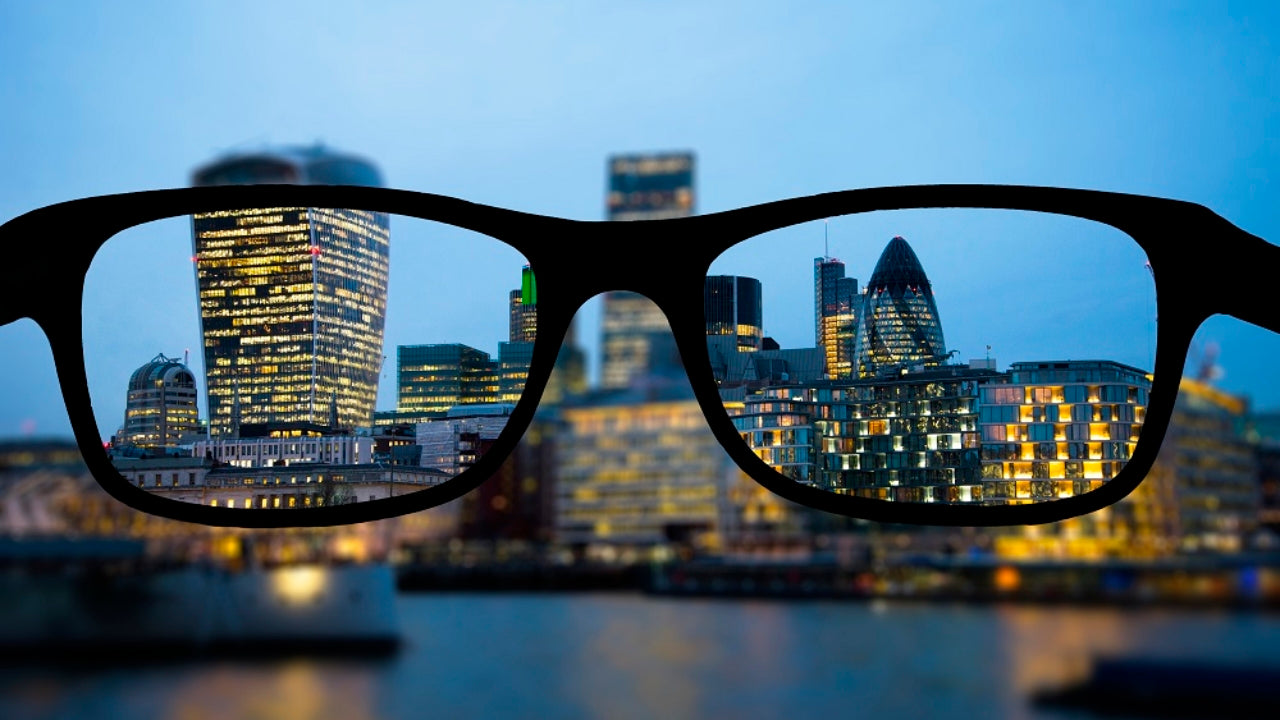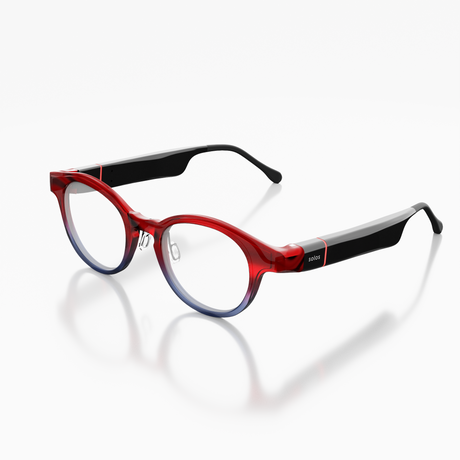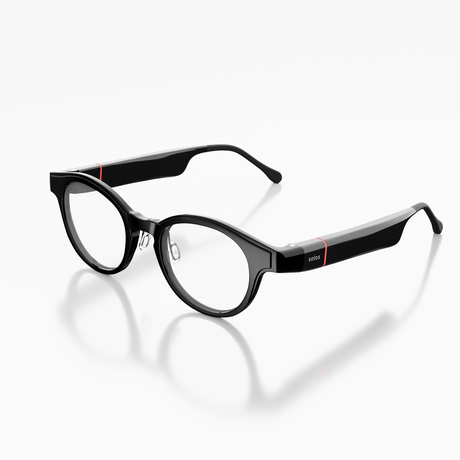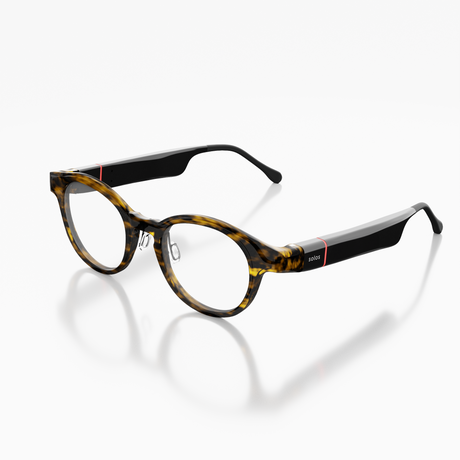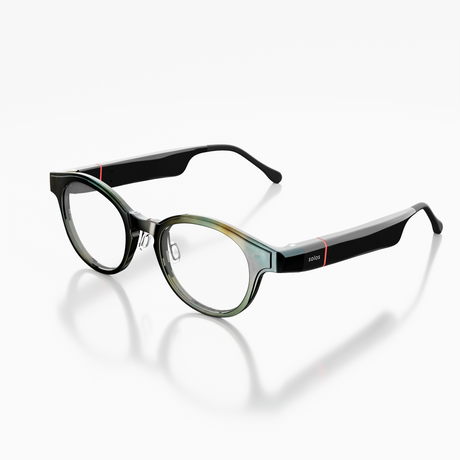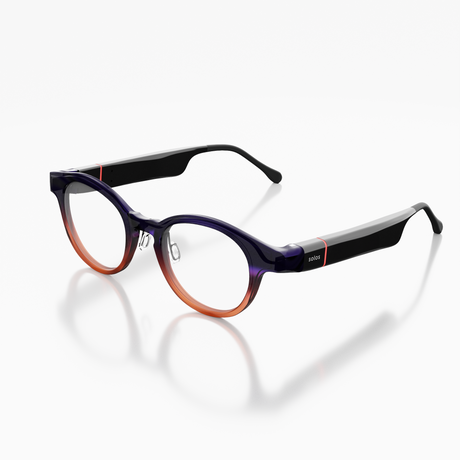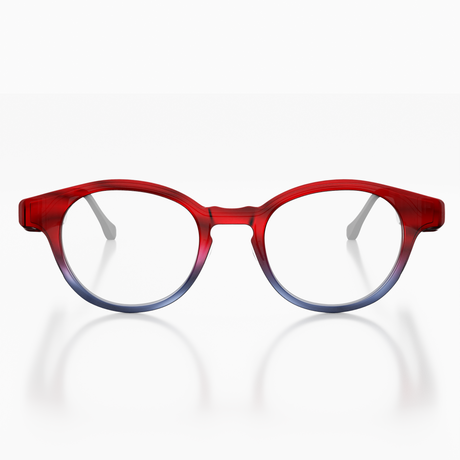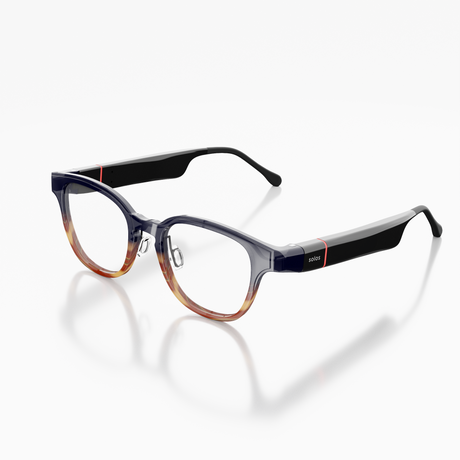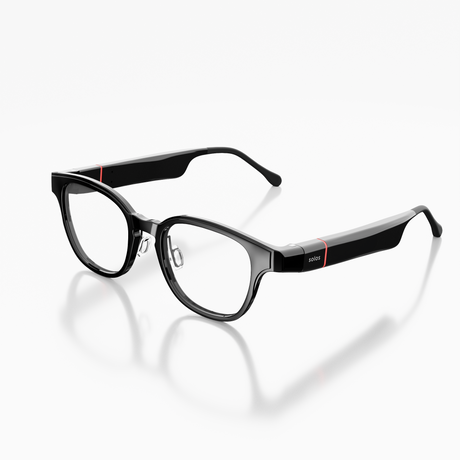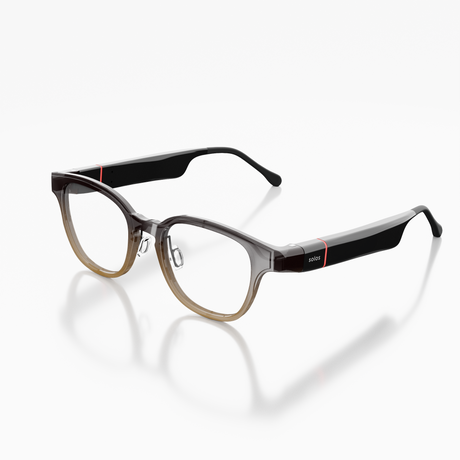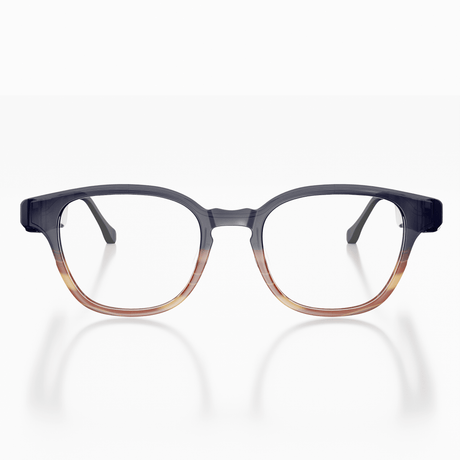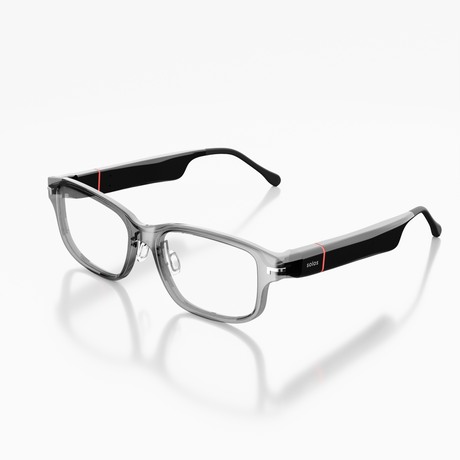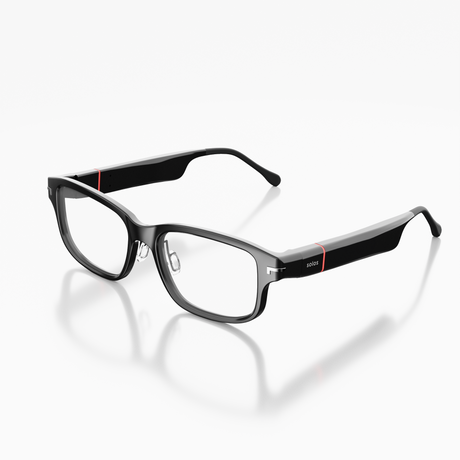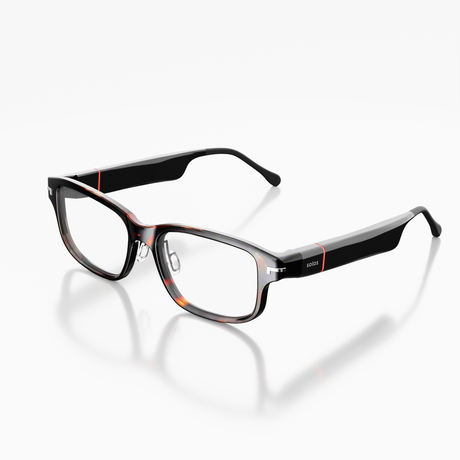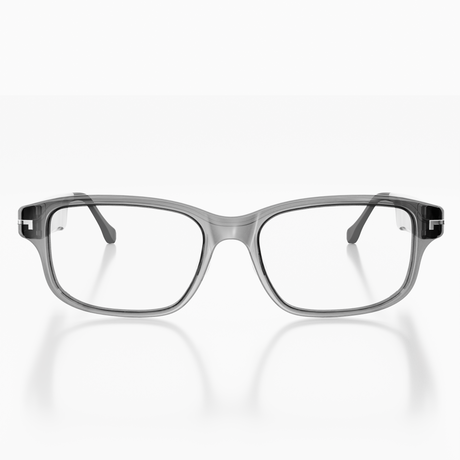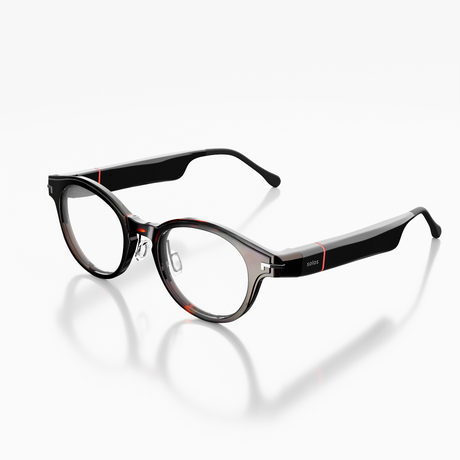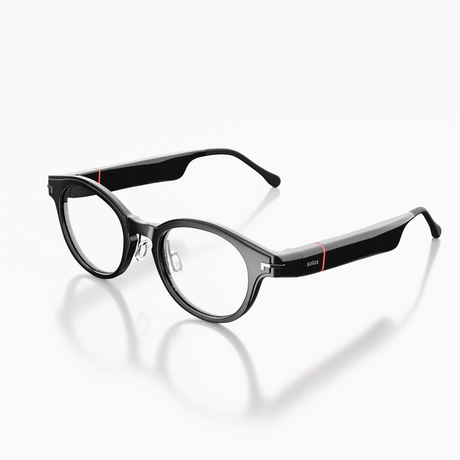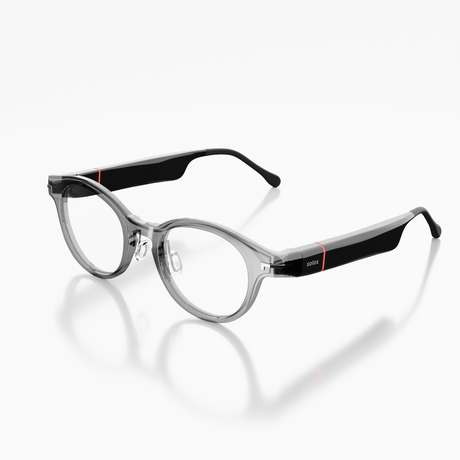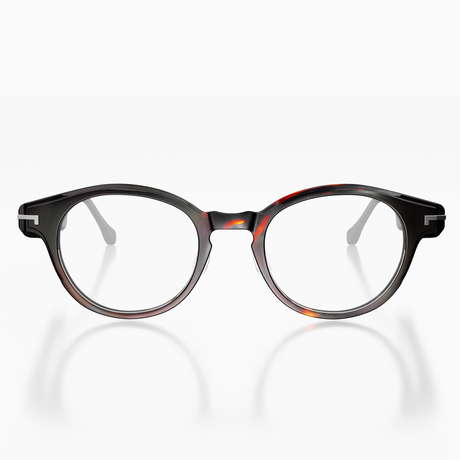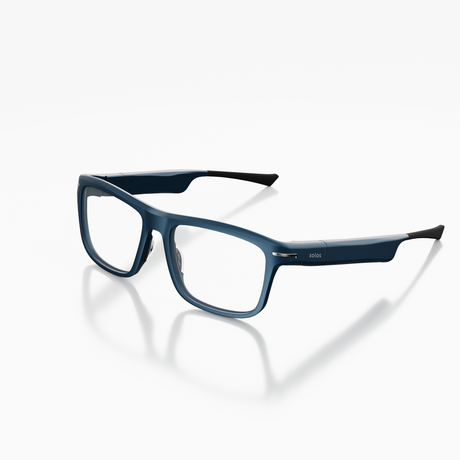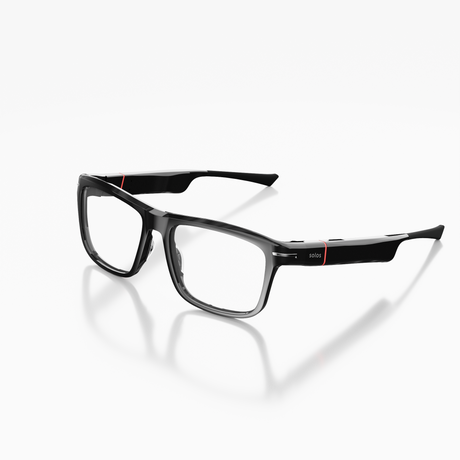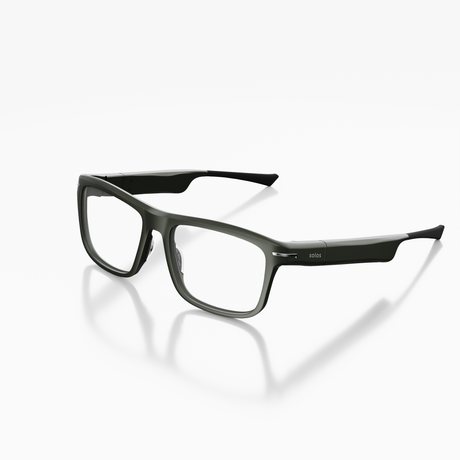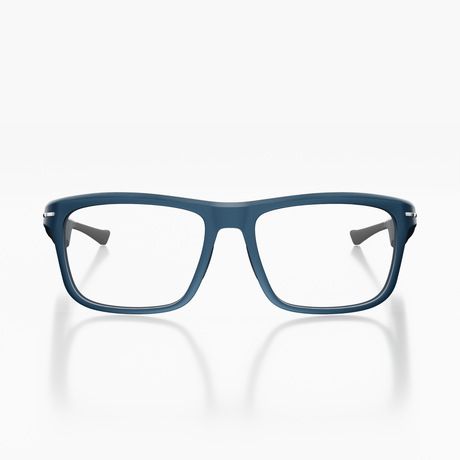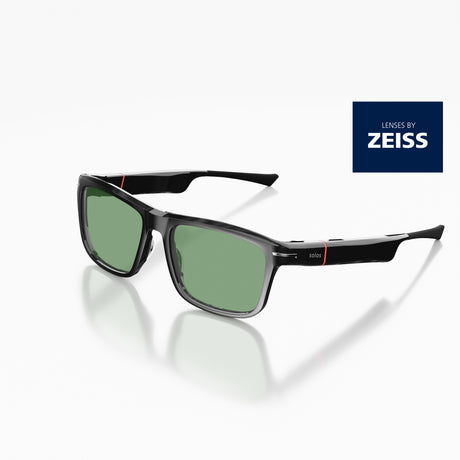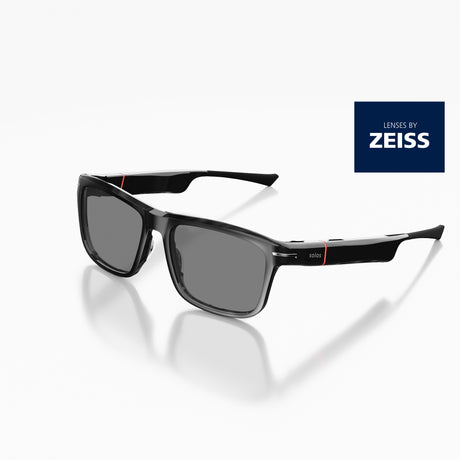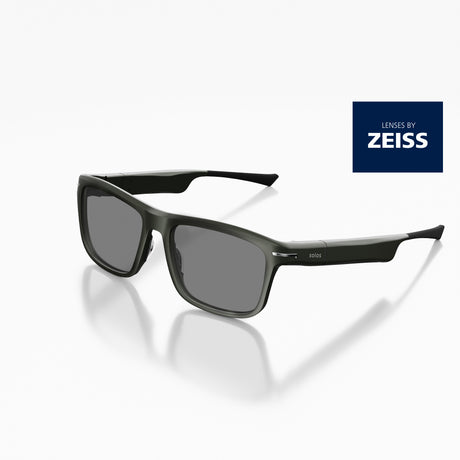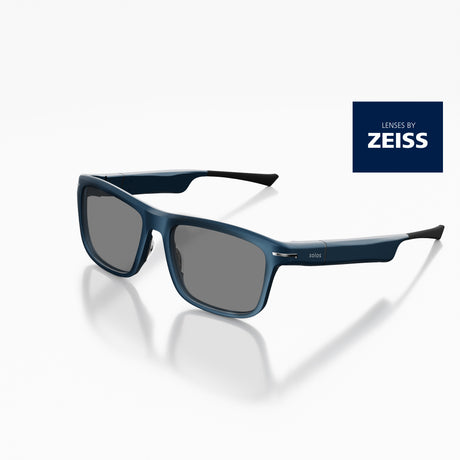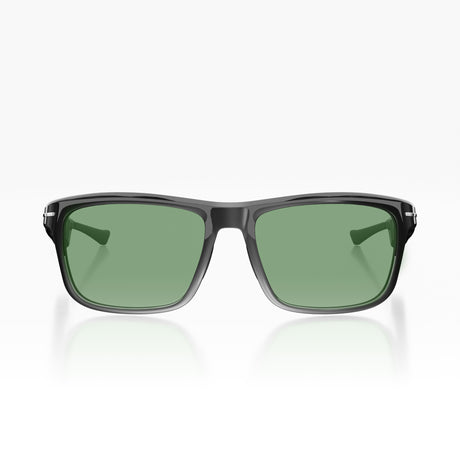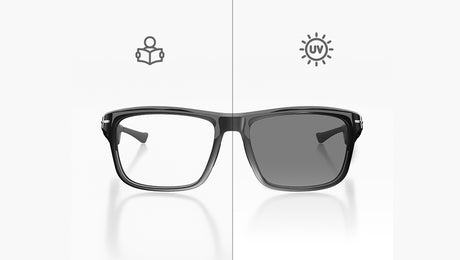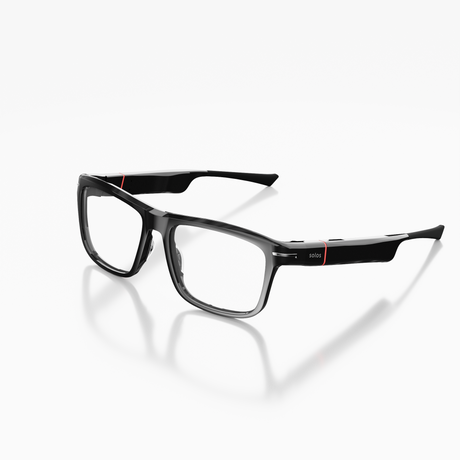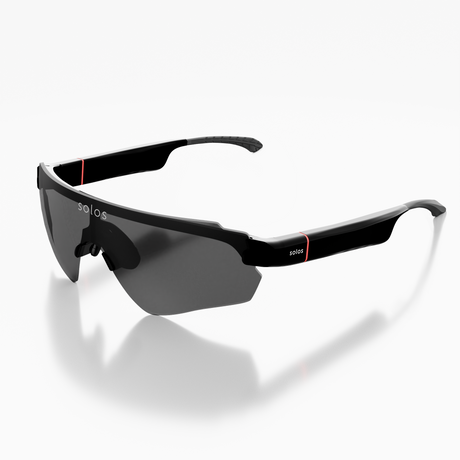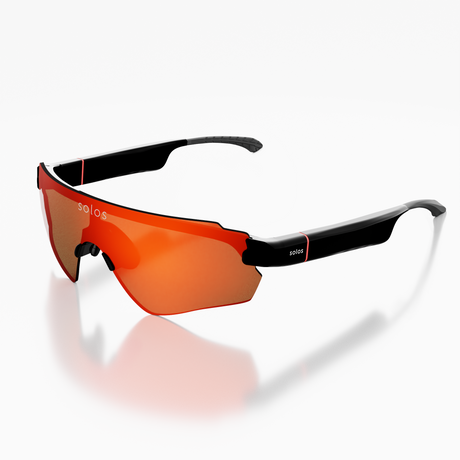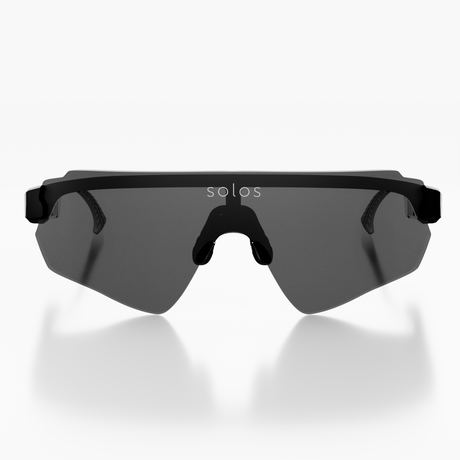Early Audio Smartglass Innovators
The story of smart glasses is a tale of technology. The graphical user interface, or glasses speaker, evolved from the computerized drawing tools of the 1950s. The early graphics weren't very good, but they did give designers a way to create more sophisticated designs without having to think as much about math.
In 1964, James Niccolai and John McCarthy started working on a project to develop such smart glasses and sunglasses headphones. They initially sold their design to RCA, but negotiations broke down, and the project was dropped. In 1969, Steve Jobs announced that Apple would create its own line of smartglasses called "Radical Software''. Before the days of smartphones and tablets, people needed always-on assistance Bluetooth glasses when they went out.
Smartglasses in the 21st Century
It wasn’t until early in the 2000s that the technology caught up and became widely available for Bluetooth glasses. Since then, numerous companies have entered the tech glasses market, offering a variety of styles and features for consumers to choose from for their best glasses.
Philips launched the first pair of smart glasses in 2004. In 2005, they launched a second-generation product that included the best frames, aviator sunglasses for men and women, a camera, and Wi-Fi capabilities. They have been popular ever since. In 2011, Facebook bought Philips for $43 billion and announced plans to expand the product line. The history of smart glasses is also related to when NASA was looking to better assist astronauts in focusing on tasks while in orbit.
Intel and Microsoft Effect on Smartglasses
In the 1990s, Intel and Microsoft formed a partnership to create eyewear and digital glasses that could enable people with disabilities to receive full access to the computer world. The product that came out of this partnership was Project Skylight, which was launched in 2000. Skylight went on to become one of the most popular smart glasses and audio sunglasses on the market, winning more than 80 percent of overall awards from users who tested it.
Advances in software and hardware allow for improvements in design and usability over the next few years. In 2010, wearable technology announced the release of tech glasses, as well as Bluetooth safety glasses. Though the company has since discontinued manufacturing of the device, they have found a loyal following among enthusiasts.
Astronomy and Smartglasses
Back then, amateur astronomers used magnifying smart glasses and spy glasses to look at stars through their telescopes. This technique was slow and imperfect, so early viewers noticed that certain features of the sky seemed to be out of focus. Early computerized systems were slow and clunky, too. But when someone got a new computer and put it in the bedroom of his or her house, things changed. People could start putting in orders for software and hardware that would improve their lives.
With technology evolving at a lightning pace, it is no surprise that fashion has caught up with audio sunglasses, headphone glasses, and speaker sunglasses. How do we know if a pair of smart glasses is going to be a fashion hit or a fad? The best way is to see how they are selling – by researching using Amazon's “movies and TV shows ' section as an example. Firefox and Opera have recently launched “Addictive Features'' – add-on features that turn your smart glasses into smart trainers. From the history of smart glasses in Rhode Island, we know that there was a need for smart glasses and eyewear online that could help people see better. Some patients couldn’t see well enough to drive, and some needed professional help reading print advertising.
Smartglasses and Wearables
Today, nearly everyone carries around a pair of smart technology, be it a smartwatch or just their smartphone. With the explosion of smartwatches, smartglasses, and bike glasses, cyclist sunglasses, and athlete sunglasses have also emerged as a popular accessory. From playing games online to monitoring your heart rate, smart glasses have become one of the most popular ways for people to keep their heads up-to-date with what's happening around them.
Today, smart glasses and spy sunglasses are used by people in nearly every industry — including education, healthcare, transportation, logistics, and financial services. The fact is that, with the right technology, even the blind can benefit from improved visual environments and increased productivity. In 2011, work started on a project to develop a pair of smart glasses that could measure heart rate and other vital signs. In 2012, they released the first prototype, which sold for $600 to students at Google I/O.
In the near future, smart glasses could become a common accessory for everyone. These will incorporate various computerized features such as high-definition video recording, wireless transmission of images and audio, and the ability to analyze sensor data and other information. We foresee numerous applications for these smart glasses, both therapeutic and recreational.
Smartglasses specifically designed for people with vision problems are now available for purchase online. Have you ever worn frames online that were no more than a personal notification box? Every so often, you'd glance at it and wonder why you ever gave it a thought. Then you'd remember all those great uses and wondered why you never thought of that before. Eventually, you'd get tired of flipping between glasses for sale and decide it was time for a new kind of smartwatch – one designed to make all television viewing a lot more convenient.
Over the past decade, the market has changed drastically with the introduction of several new technologies. This has led to industry-leading products like Bluetooth connectivity and Smart Glasses, yet also created for eyewear online competition between some of these devices.
Experience the power of innovation with Solo's Smartglasses. From augmented reality to sleek designs, our smart glasses are revolutionizing the way people interact with the world. Shop our smart glasses collection today and unlock endless possibilities.
